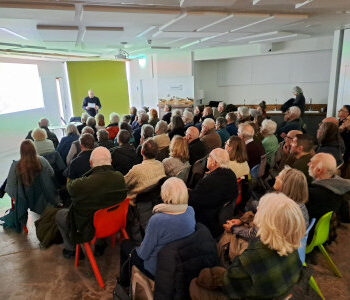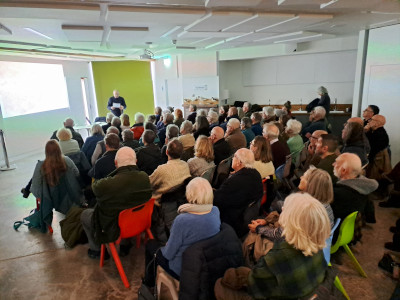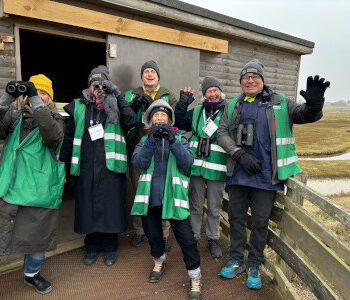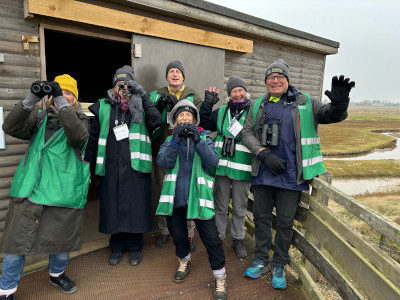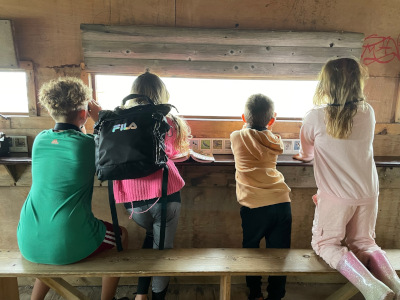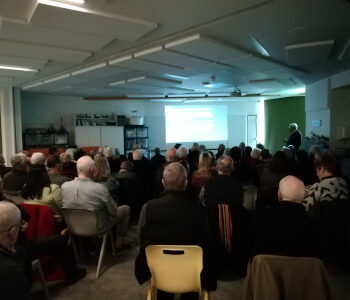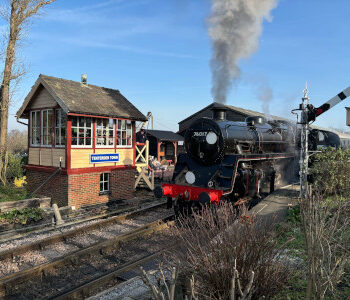 Past Events
Past Events
Guide in a Train 18 February 2025
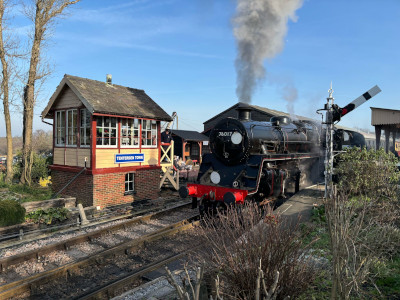
This February half term has once again seen Guide in a Hide volunteers from Rye Harbour Nature Reserve become ‘Guides in a Train’ on the Kent and East Sussex Railway. These old steam trains running between Tenterden and Bodiam are a fantastic part of our heritage and a wonderful way to see the amazing Kent and East Sussex countryside.
For these ‘Birdwatching specials’, children had been given birding activity sheets and many enjoyed using the sheets and spotting birds out of the train window. We had brought several pairs of binoculars with us and the children loved using these.

We saw an amazing 24 different species of birds including a lovely Red Kite – spotted by one of the young birders on the train, also Marsh Harrier, Buzzard, Kestrel, Great, Little and Cattle Egrets plus many Lapwing and a variety of gulls and other species.
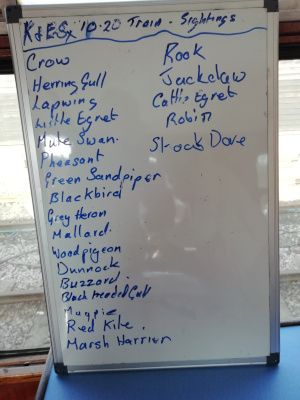
Many of the children (and adults!) were very enthusiastic and pleased with how many birds can be seen through a train window. The help from the guides really seemed to be appreciated and the journeys were enjoyed by all.
Thank you to Kent and East Sussex Railway for putting on this event and being party to inspiring both current and potential young birders. Maybe we will be seeing some of you at Guide in a Hide at RHNR!


